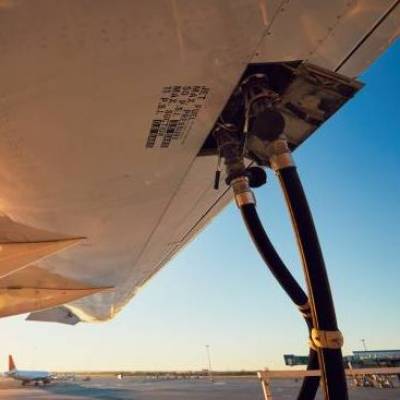

Honeywell International Inc and Wood have jointly developed a technology solution to assist businesses in reducing carbon intensity when producing sustainable aviation fuel.
Producers of sustainable aviation fuel, or SAF, may benefit from the solution because they may be eligible for higher subsidies if they can reduce carbon intensity during production. The development, which was shared with Reuters ahead of its official release, comes as the Biden administration sets goals to boost SAF production to shift the aviation industry away from traditional petroleum-based jet fuels and reduce emissions. Cooking oil, animal fat, and soybean oil can all be used to make sustainable aviation fuel. In comparison to traditional jet fuel, the fuel's production is still insignificant. The two companies are working together on a process that combines Honeywell's production processing with Wood's hydrogen plant technology. When compared to emissions produced by traditional jet fuel, they claim it can significantly reduce lifecycle greenhouse gas emissions, especially when certain feedstocks are used. Waste oils, fats, and greases are converted into SAF in Honeywell's manufacturing process. Honeywell and Wood said in a prepared press release seen by Reuters that its technology is used in all licensed renewable jet fuel production around the world today. Wood technology will be integrated into the production process to use byproducts of the process technology to produce renewable hydrogen. According to the press release, the renewable hydrogen is then injected back into the Honeywell manufacturing process to remove feed impurities and create a cleaner-burning renewable fuel. Honeywell's technology can capture and route the carbon dioxide produced during hydrogen production for permanent underground sequestration. The White House announced earlier this month that it is aiming for a 20% reduction in aviation emissions by 2030, with airlines promising to use more SAF. Image Source